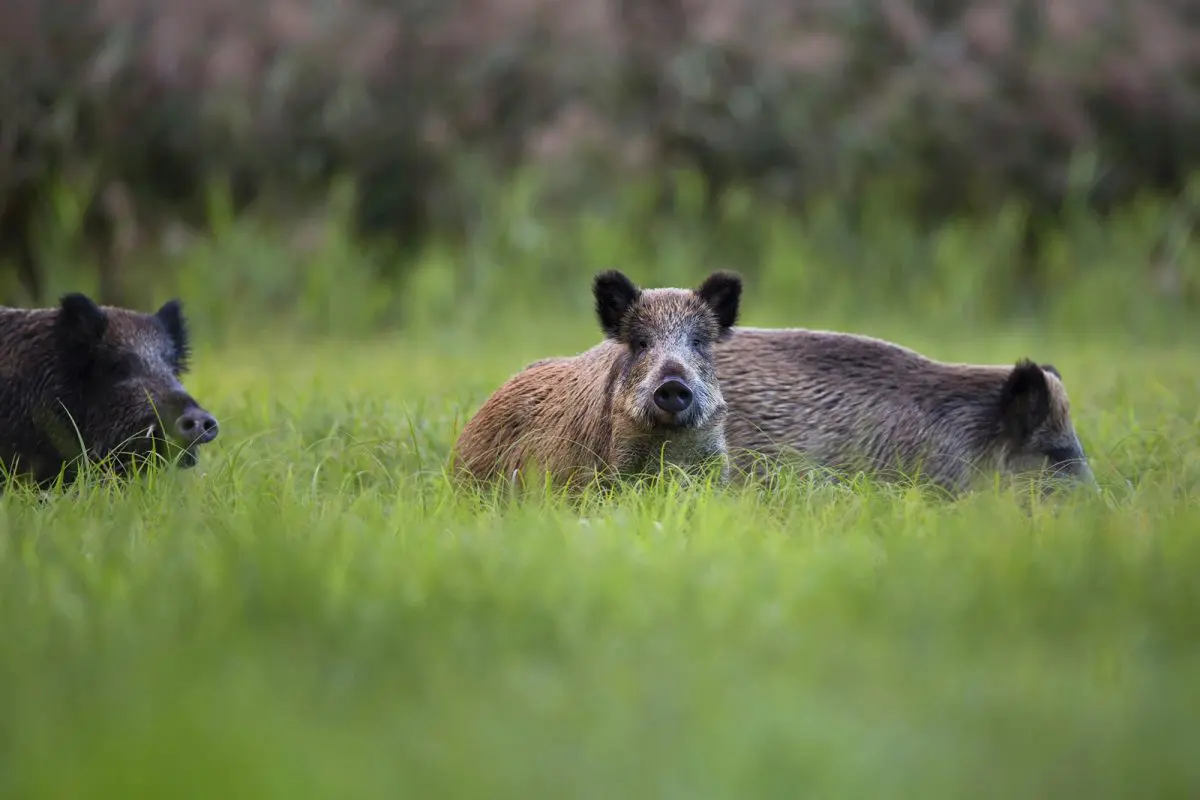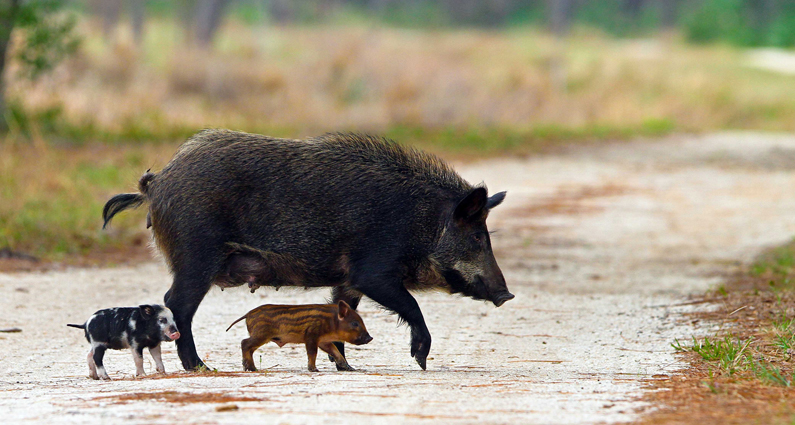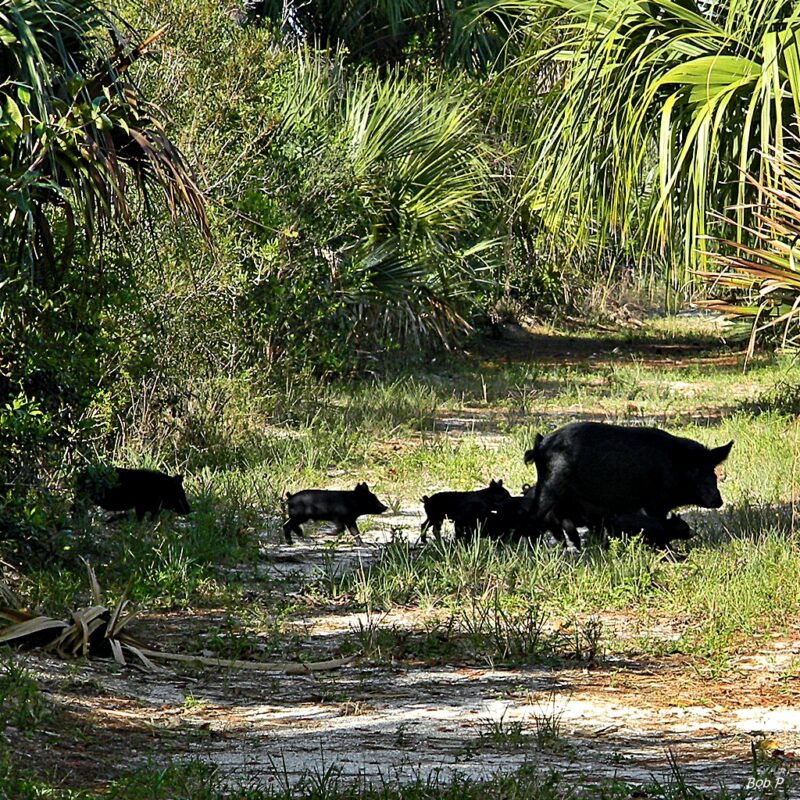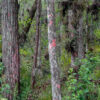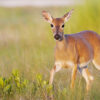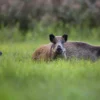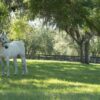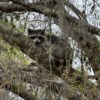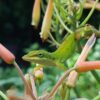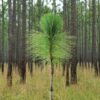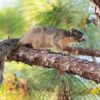Each month Trail Manager, Emily Galka, highlights flora and fauna that she observes in the Goethe State Forest that surrounds the Black Prong Resort. Goethe State Forest Species of the Month: Florida wild hogs (Sus scrofa)
Each month Trail Manager, Emily Galka, highlights flora and fauna that she observes in the Goethe State Forest that surrounds the Black Prong Resort.
For October, I wanted to get into the Halloween spirit by highlighting a truly spooky species. These creatures are covered in coarse, dark hair, travel in packs, and make eerie sounds that could send chills down your spine. They are most active at night, though you might spot them around sunset or early morning. And no—I’m not talking about werewolves or even Bigfoot, despite some locals reporting recent sightings of the latter in the Goethe.
What I’m referring to is far more real, and enough to make any naturalist shudder: the invasive wild hog. Spaniards first brought pigs to Tampa in the 1500s, and over time some escaped or were released. Since then, they have spread rapidly across the southeastern United States, and today they are found in 39 states, with sightings as far north as Canada.
Wild hogs typically weigh 75–250 pounds and can grow up to six feet long, though the record—shot in Leesburg, Florida, in 2004—tipped the scales at over 1,000 pounds. In Florida, they favor marshes, hammocks, and pine flatwoods, making the Goethe a perfect habitat.These opportunistic feeders consume everything from carrion and small animals to worms and grubs unearthed as they root through the soil. Unfortunately, this rooting behavior can devastate the landscape, leaving behind churned earth that looks as though a rototiller has passed through. Both males and females grow tusks and can be aggressive, with sows especially protective of their piglets. Still, in my encounters on the trails, I’ve always managed to scare them off simply by yelling.
The hogs I’ve seen in the Goethe are usually dark brown or black, but they also come in shades of red, silver, and even spotted patterns. Because they are considered a nuisance invasive species, they can be hunted year-round. If you come across one, never try to feed or approach it. Sadly, the invasive hog problem isn’t going away anytime soon, so the best we can do is be cautious, stay aware, and avoid unnecessary interactions.
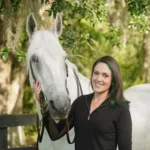
Emily Galka (shown with her horse Lisa) is Black Prong’s Trail Riding Manager and resident naturalist.


